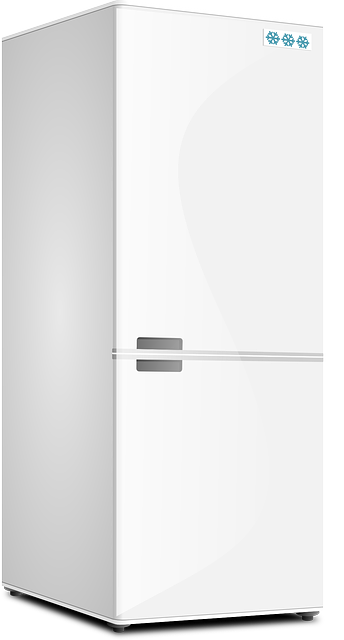3 Stages of Freeze Drying
Food waste is a primary concern in the present-day society and throwing out spoiled food every few weeks literally starts to add up. There are several reasons why people prefer to store food whether it is to save money, maintain the harvest from their garden, avoiding packaged store-bought meals or for emergency readiness.
It looks like everyone is attempting their hand at saving food these days. Freeze drying as a food preservation technique, it is easier than canning and dehydrating and will last 7 to 8 times longer. Having stocked our stored food is definitely a lifesaver.
How does it work?
Freeze-drying works by freezing the matter, then decreasing the pressure and adding heat to let the frozen water in the substance to sublimate. This is all done by a freeze dryer. So you don’t have to do much more than preparing your food and pressing buttons.
Basically, this is why it is best to purchase the harvest freeze dryer.
Freeze Drying’s 3 Primary Stages
Freeze drying occurs in three phases, with the first and most critical being the freezing phase. Proper freeze-drying can reduce drying times by 30%.
Freezing Phase
There are various methods of freezing the product. Freezing can be done in a freezer, a chilled bath (shell freezer) or on a shelf in the freeze dryer. Cooling the material below its triple point ensures that sublimation, rather than melting, will occur. This preserves its physical form.
Primary Drying Phase
Freeze drying’s second phase is primary drying (sublimation), in which the pressure is lowered and heat is added to the material in order for the water to sublimate. The vacuum speeds sublimation. The cold condenser provides a surface for the water vapour to adhere and solidify. The condenser also protects the vacuum pump from the water vapour. About 95% of the water in the material is removed in this phase. Primary drying can be a slow process. Too much heat can alter the structure of the material.
Secondary Drying Phase
Freeze drying’s final phase is secondary drying (adsorption), during which the ionically-bound water molecules are removed. By raising the temperature higher than in the primary drying phase, the bonds are broken between the material and the water molecules. Freeze-dried materials retain a porous structure. After the freeze-drying process is complete, the vacuum can be broken with an inert gas before the material is sealed. Most materials can be dried to 1-5% residual moisture.

 Food waste is a primary concern in the present-day society and throwing out spoiled food every few weeks literally starts to add up. There are several reasons why people prefer to store food whether it is to save money, maintain the harvest from their garden, avoiding packaged store-bought meals or for emergency readiness.
Food waste is a primary concern in the present-day society and throwing out spoiled food every few weeks literally starts to add up. There are several reasons why people prefer to store food whether it is to save money, maintain the harvest from their garden, avoiding packaged store-bought meals or for emergency readiness.